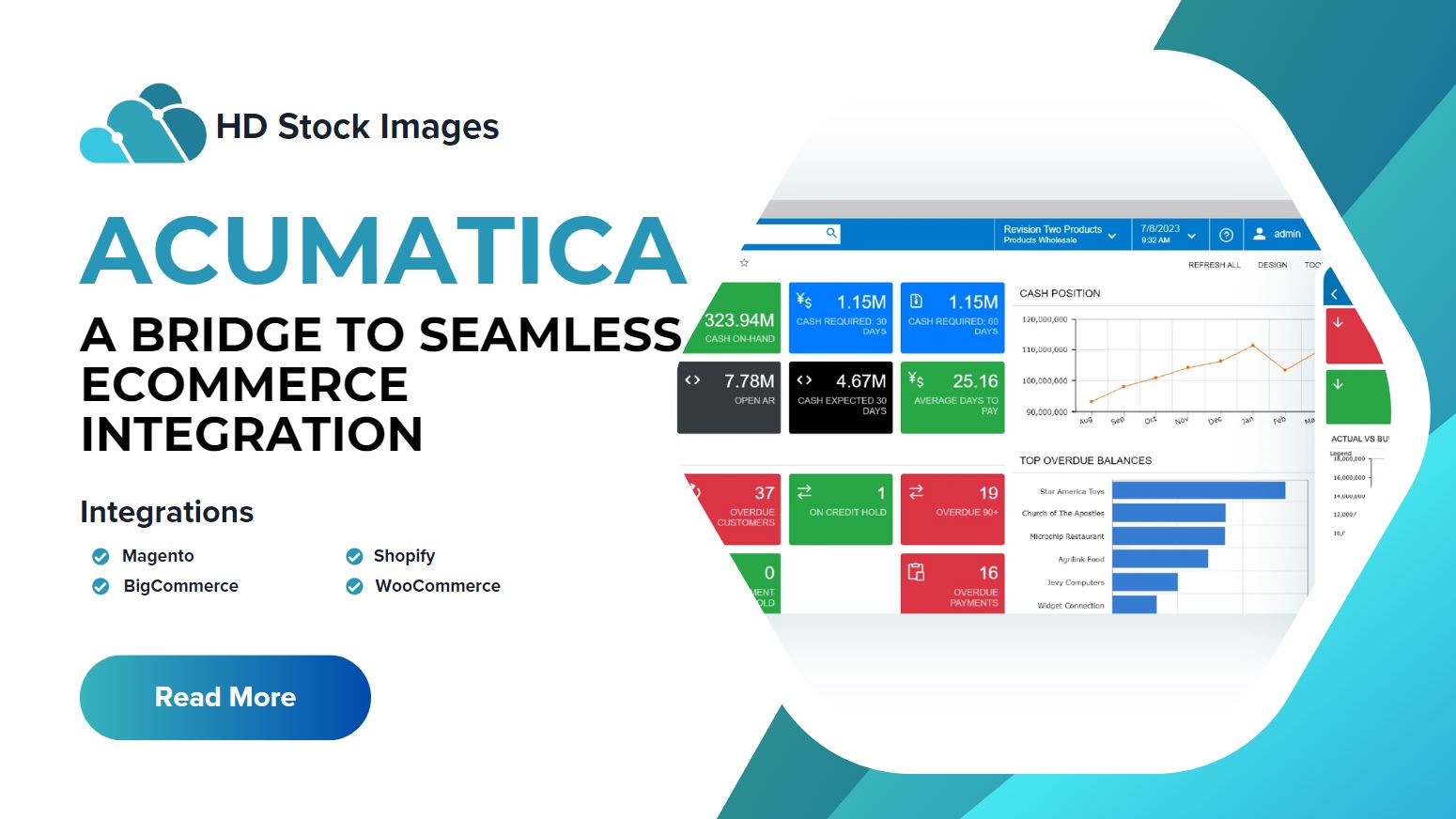Acumatica, a cloud-based ERP solution, has gained significant traction for its versatility and scalability. One of its standout features is its ability to seamlessly integrate with a wide range of eCommerce platforms. This integration not only streamlines business processes but also enhances customer experience and drives sales.
Key Benefits of Acumatica's eCommerce Integration
- Real-time Inventory Synchronization: Ensure accurate stock levels across both your physical and online stores, preventing stockouts and overselling.
- Order Automation: Automatically transfer orders from your eCommerce platform to Acumatica, eliminating manual data entry and reducing errors.
- Customer Data Management: Centralize customer information, including contact details, purchase history, and preferences, for a personalized shopping experience.
- Shipping and Fulfillment Efficiency: Streamline shipping processes, generate shipping labels, and track orders from the point of sale to delivery.
- Financial Management Integration: Seamlessly integrate eCommerce transactions with your accounting system for accurate financial reporting and analysis.
Popular eCommerce Platforms Compatible with Acumatica
Acumatica offers pre-built integrations with several leading
eCommerce platforms, including:
- Magento: A popular open-source platform known for its flexibility and scalability.
- Shopify: A user-friendly cloud-based platform suitable for businesses of all sizes.
- BigCommerce: A feature-rich platform offering advanced marketing and analytics tools.
- WooCommerce: A WordPress plugin that turns your website into an online store.
Integration Methods and Considerations
Acumatica provides various integration methods to suit different business needs and technical capabilities. These include:
- API-based Integration: Leveraging APIs to exchange data between Acumatica and the eCommerce platform.
- Connector Solutions: Using third-party connectors that facilitate data transfer and synchronization.
- Custom Development: Building custom integrations to meet specific requirements.
When considering eCommerce integration with Acumatica, it's essential to evaluate factors such as:
- Integration complexity: Assess the technical requirements and resources needed for the integration process.
- Cost: Consider the potential costs associated with integration, including licensing fees, development expenses, and ongoing maintenance.
- Scalability: Ensure that the integration solution can accommodate future growth and changes in your business.
By leveraging Acumatica's seamless integration capabilities, businesses can streamline their operations, improve customer satisfaction, and drive growth in today's competitive eCommerce landscape.

 admin
admin








